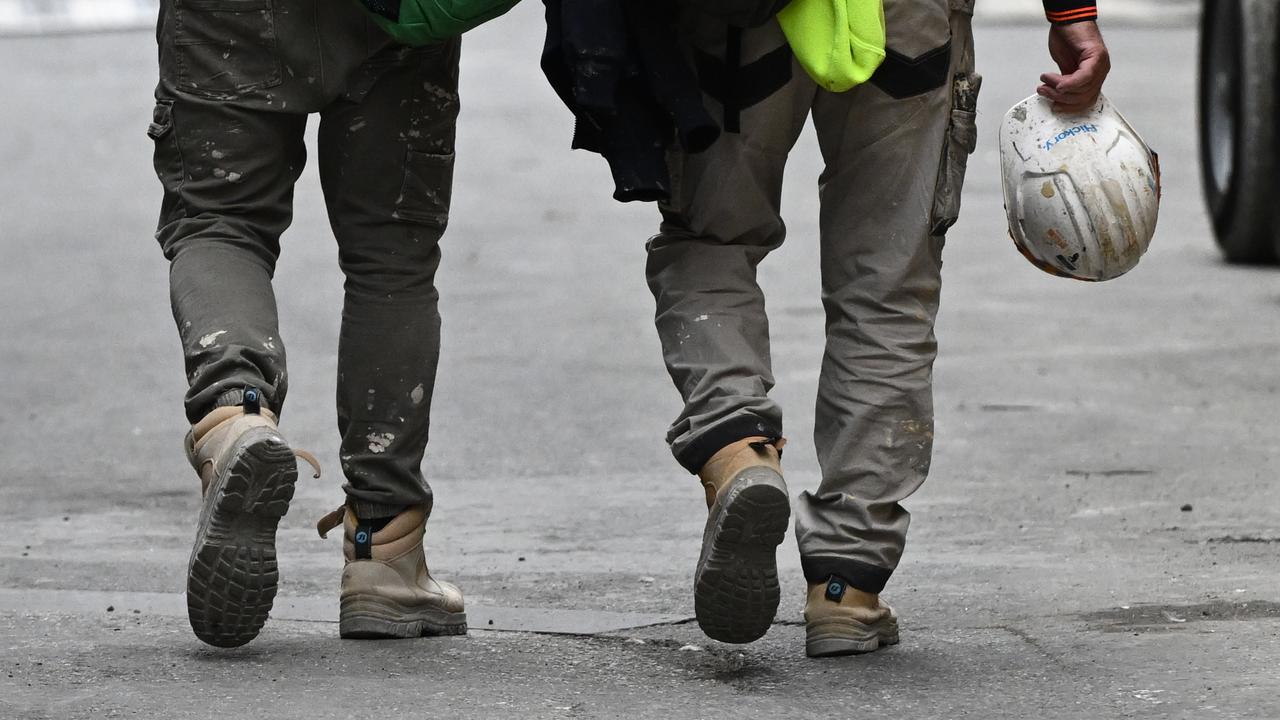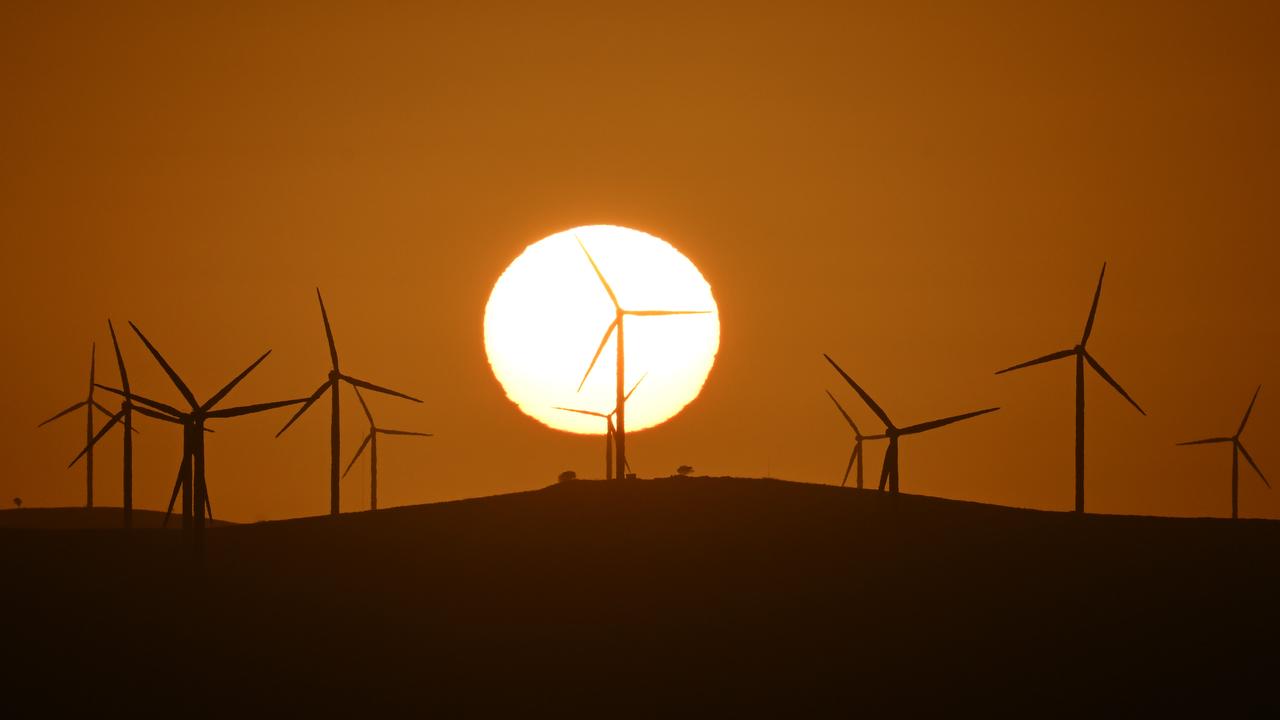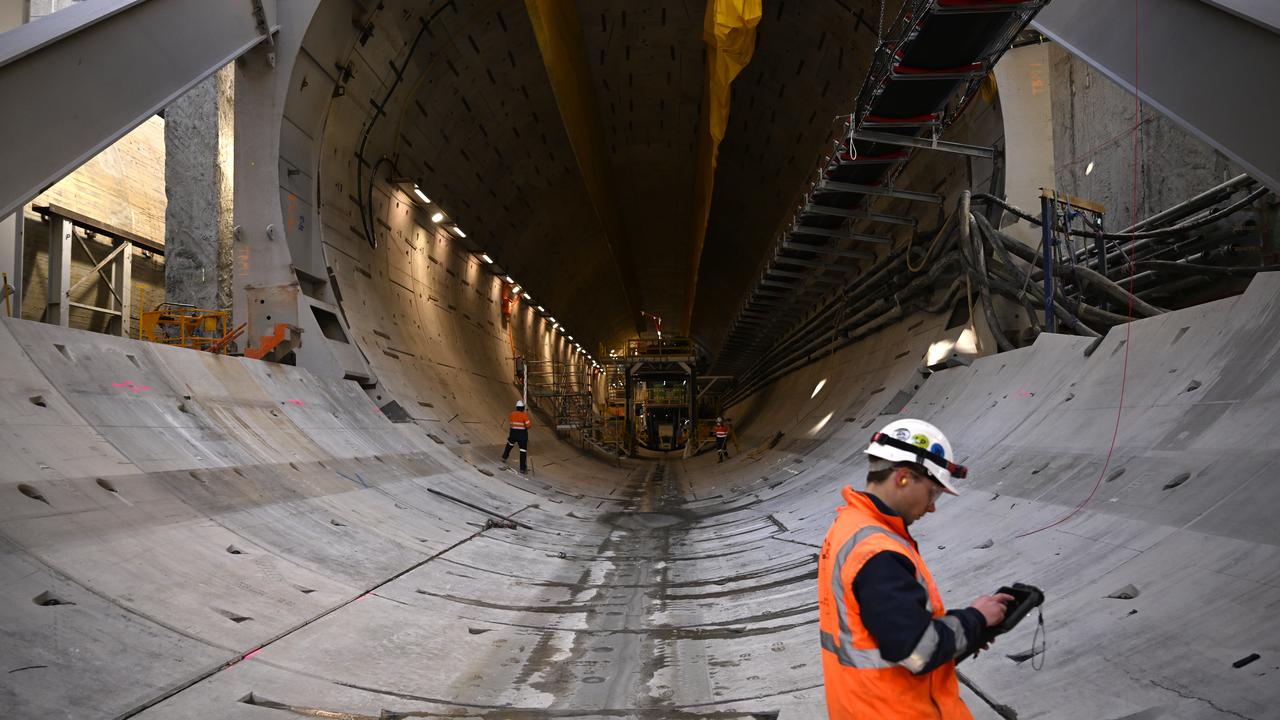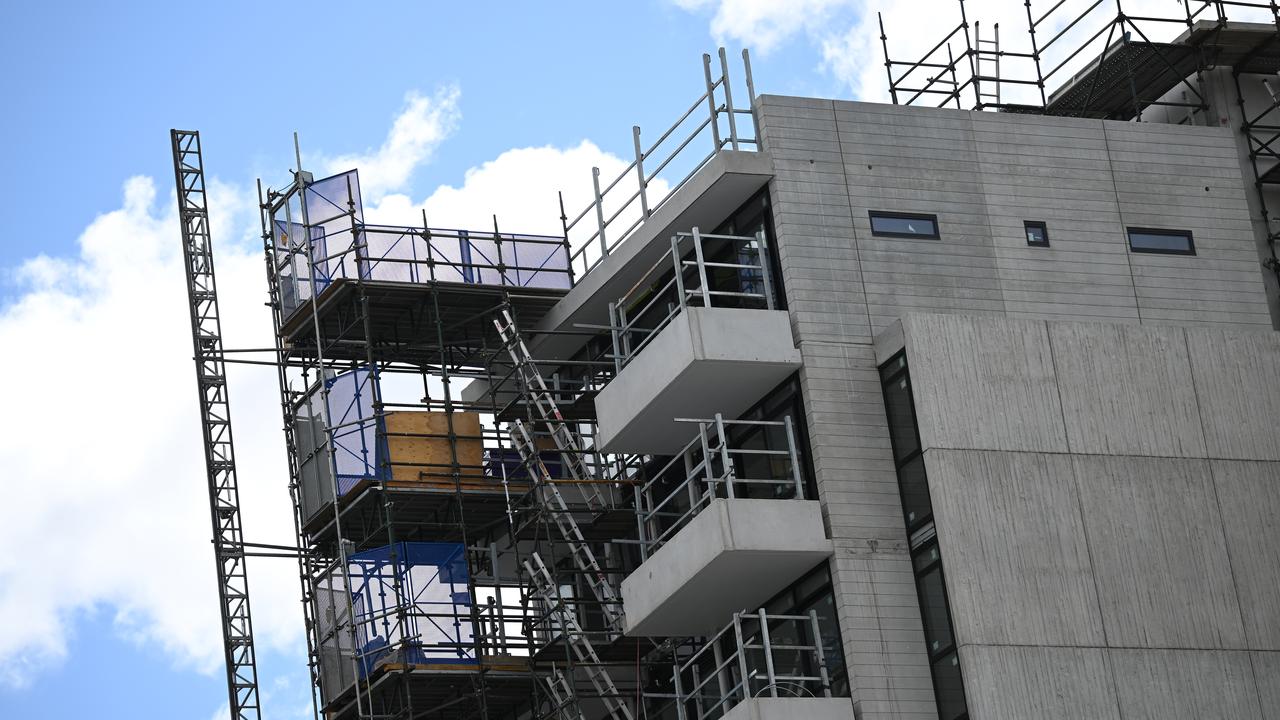
Public investment in green energy and social housing has surged but worker shortages and sluggish productivity growth are holding projects back.
Tens of billions of dollars were added to Australia’s major infrastructure pipeline in the past year, federal advisory body Infrastructure Australia found in a report released on Thursday.
As federal and state governments lift their ambitions to tackle housing affordability and the energy transition, an extra $29 billion was added to the five-year pipeline of major public projects, lifting it to $242 billion.

That is the highest the outlook has been since the agency began tracking nationwide government infrastructure investment in 2020.
Transport investment still accounts for the majority of the pipeline at $129 billion, which is two per cent higher than the previous year’s outlook.
But transport projects are falling as a proportion of total investment due to the growth in housing and electricity transmission infrastructure.
State and territory governments are responsible for the majority of the $44 billion invested in social and affordable housing projects, which is more than 12 per cent higher than in 2024.
But the increased investment in the sector has also been driven by the federal government, with its $2 billion social housing accelerator and the $10 billion Housing Australia Future Fund underwriting funding for tens of thousands of homes.
According to Infrastructure Australia estimates, social and affordable housing makes up eight per cent of the total $540 billion residential construction pipeline.

“The lion’s share of that is developers and mums and dads,” Infrastructure Australia chief executive Adam Copp told AAP.
“But governments are investing significantly more than they have in recent times into housing.”
All that investment is immaterial if the construction sector does not have the skills and resources to turn it into new homes.
With about 204,000 workers in construction, Infrastructure Australia projects the industry is about 141,000 workers short.
Builders have called on the federal government to change migration settings to bring in more skilled construction workers from overseas.
But Infrastructure Australia called on the industry to do more to attract and retain more domestic workers as young people’s preferences change.

“It’s quite a difficult sector to work in; very long hours, quite a lot of conflict,” Mr Copp said.
“So we think that there’s definitely a lot of work to do in attracting people into the sector, but we need to focus on the culture in the sector more broadly.
“Having more diversity, having more women and making it a great place to work.”
Lacklustre productivity growth is also holding back construction of new homes.
The average construction worker builds about half as many dwellings a year as they did in the 1970s, the Committee for Economic Development of Australia found in a recent study.
“We need to do more with less, and that’s why one of our key recommendations is to incentivise the market to trial productivity enhancing innovations such as modern methods of construction,” Mr Copp said.